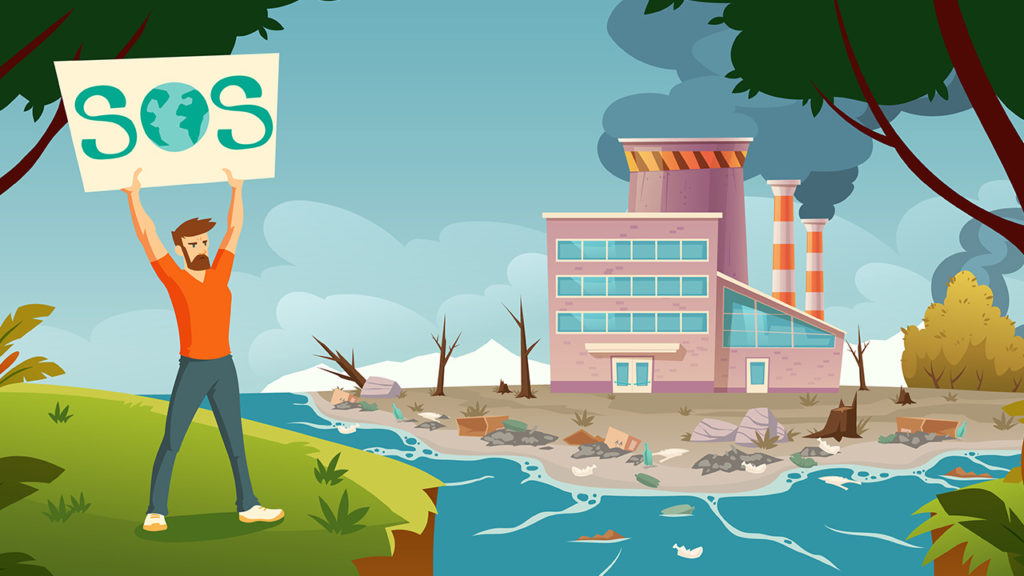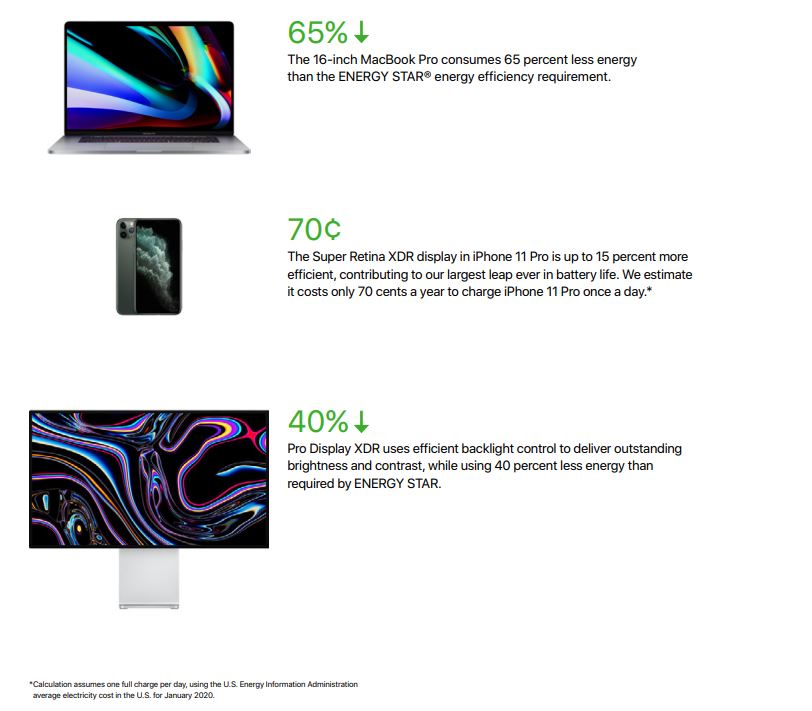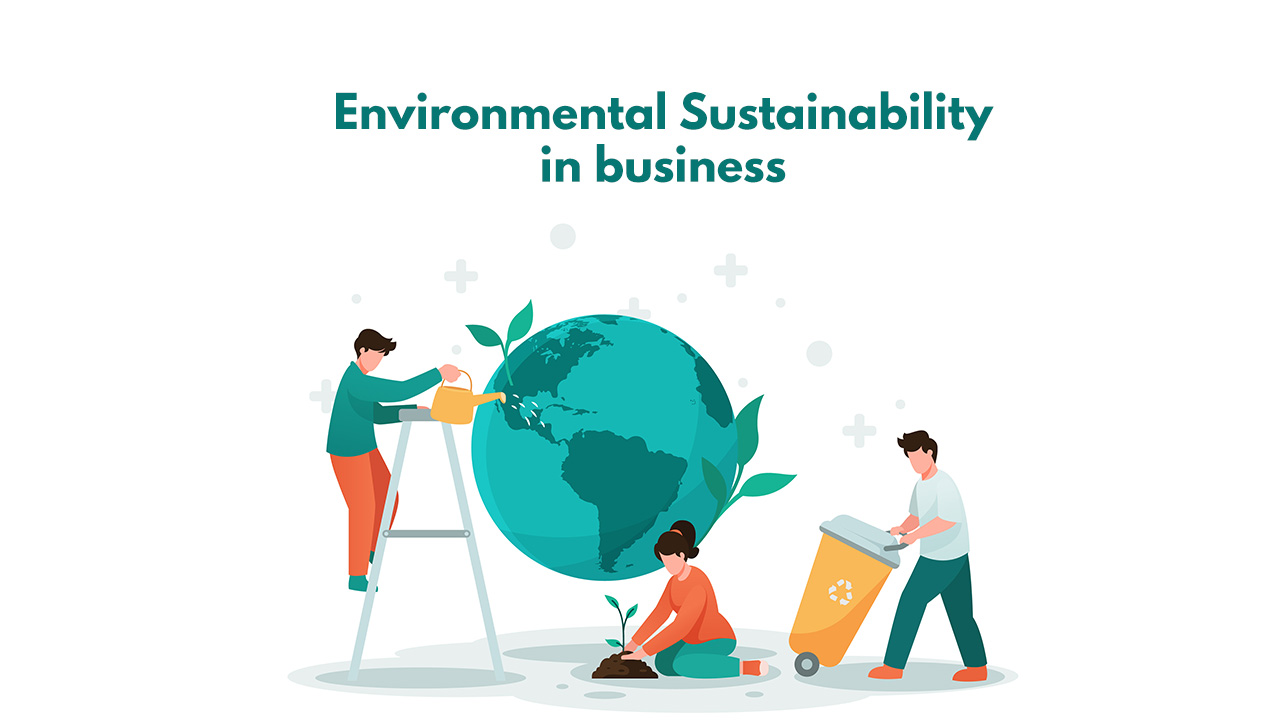Business is all about providing value to the customers. In some form or another, all businesses use natural resources to create value. Even service industries consume electricity. They also have other carbon footprints on the environment. However, the way, we are doing business, we are exploiting our planet. Our world may get irreversibly destroyed if we continue doing business as usual. Sustainably running businesses is the only way to ensure a viable future for our coming generations. In this article, we shall take a look at environmental sustainability in Business. Additionally, we shall also see how we can include it within the corporate strategy and satisfy the environment. All of this while still providing a return to the shareholders.
Is environmental sustainability only an altruistic concept? (no, it’s also economic)
We often think of environmental sustainability as an altruistic concept. After all, most business and strategic models, only talk about internal resources, customers, and competitors. The environment is given a secondary afterthought in most businesses. Companies take out some small fraction of their revenues and return back to society in the form of CSR. Out of this small fraction, a smaller fraction goes towards the environment.
However, the situation is rapidly changing. A growing body of research suggests that environmentally positive businesses perform better. Klassen and McLaughlin have suggested that there are statistically higher returns for strong environmental management. On the other hand, there is also a negative return for weaker environmental management. Now, the question arises: what is the significance of these findings? In fact, it helps look at environmental considerations intently and more accurately.
- Data backed support for bringing in environmental discussion to the board room.
- Decide between different courses of strategic decisions based on their environmental outcome.
- Answer skepticism with results from firms.
What is the problem?

At the core of this problem lies the incessant exploitation of nature. Right from the industrial revolution, we have been stepping up manufacturing. As the population of the world increases, we put increasing pressures on natural resources. There is a calculation based upon the different resources that we consume called the Earth Overshoot Day. This day observes the day of the year when we have consumed the resources that Earth produces every year. In 2019, the Earth Overshoot Day was on July 29th. This means that by July 29th, 2019, we had consumed all the resources that Earth was capable of producing in the entire year. In other words, it also means that we are actually borrowing some resources from the future years.
However, due to the global pandemic of COVID-19 this year, the Earth Overshoot Day has been extended and it was observed on August 22nd, 2020. However, the problem still remains. There was a major dip in the amount of industrial activity. However, countries have started their production again. This means that over time, we may get back to normal(dangerously high) pollution levels. Also, we should note that businesses have started to look differently at direct environmental degradation. However, companies are yet to fully understand the impact of indirect emissions. We need widespread adoption of eco computing to reduce the carbon footprint further.
Environmental sustainability in business practices
There are some common ways in which a firm can reduce its environmental impact. The first three points are about the 3R process. One of the ways of achieving sustainability is through reduction, reusing, and recycling. Points 1 to 3 talk about these practices. The second set of environmentally friendly activities are related to the Lifecycle Assessment (LCA) and the design of the products. These are listed as points 4 to 8. The third set of activities are related to accounting and finance. These are listed in activities 9 and 10. Finally, we come to the organization’s internal activities. Some of the important practices that can boost and one mental stability in business are through departments like HR and Strategy.
Let us discuss some of these:
- Reduction of waste.
- Reusing critical resources.
- Recycling.
- Lifecycle assessment.
- Environmentally friendly design.
- Increasing product efficiency.
- Reducing supply chain carbon footprint.
- Replacement of conflict materials.
- Sustainable accounting.
- CSR expenses.
- Sustainable HR practices.
- Strategic sustainability.
- Sustainable information systems.
- Sustainable marketing.
Reduction of waste
We can increase firm performance by reducing waste. The concept of lean manufacturing also based reduction of waste. These measures are effective as long as we take them proactively. When we’re talking about the reduction of waste, the first thing that companies do is to reduce waste during the production process. Firstly, this waste is material waste. Secondly, energy consumption and other resources that are used during production.
Reusing critical resources.
One of the ways to minimize environmental degradation is to reuse what we can. Forms can use parts from previously recycled products. Also, they can use other recycled materials to create the manufacturing process. This goes hand in hand with that reduction of waste.
Recycling
Recycling has significant benefits for the environment. Additionally, it also helps bring the bottom line down. Firms can reduce their costs and hence their profitability. Additionally, it can also help the firm establish itself as a green brand. Investors tend to favor stocks that are from such companies. This is known as green investment. However, from a purely economic perspective, two it is beneficial for the firms.
Lifecycle assessment
I cycle assessment is about understanding the carbon footprint of a product. The entire lifecycle of a product is traced and we try to find out how much material and energy would be used. Lifestyle includes different stages like product development, manufacturing, distribution, retail usage, and disposal. Some of the key firms that have disclosed their lifecycle assessment are Puma and Apple.
Environmentally friendly design
This is the successive step after the LCA or lifecycle assessment. An environmentally friendly design is one that takes into consideration the carbon footprint of a product. Subsequently, the product is designed in such a way that its footprint is lowered. This can be done in several ways. One of the ways is the reduction of material. Secondly, we can minimize packaging. Thirdly, we can also reduce the impact on distribution and retail. Fourthly, we can make recycling easier for consumers. Another upcoming aspect is designing products for their usage.

(Image source: Apple.com)
Increasing product efficiency
Some of the products have major share of their carbon footprint during the usage phase. We can thereby make these products more energy efficient. An excellent example of this is the EU standard for network equipment like routers. The manufacturers have been mandated to make products such as routers that consume less energy when the product is not being used.
Reducing supply chain carbon footprint
All of the products will have some carbon footprint in their supply chain. There are different ways to reduce this carbon footprint. Firstly, the products can be made lighter. This includes both the product weight as well as the packaging rate. The reason for this is that it takes more fuel to transport heavier products than lighter products. Second, the supply chain path can be made shorter. Thirdly, eco-friendly vehicles can be used. You can read more about the use of electric vehicles by Coca Cola in its supply chain.
Replacement of conflict materials
Conflict materials are those materials that are problematic. These materials are derived from places that have human exploitation. One of the commonly cited case is that of the extraction of diamonds from the African countries. Secondly, some of the materials can be very difficult to recycle. Also, some heavily degrade the environment. Consequently, companies spend some effort to replace this conflict materials with proper substitutes.
Sustainable accounting
Many publicly traded companies release Stainable Report. Generally, this report is also part of their annual report. This is a positive signal about the CSR activities. These reports share about the company’s steps and pledges towards the environmental sustainability of the business.
Accounting standards are put into place to avoid haphazard reporting. This also enables the investors to get a relatively standardized comparison of firms. There are many different standards for sustainability reporting. One of the most common is the GRI sustainability reporting standard. Additionally, there are also other reporting standards like OECD and the UNGC.
CSR expenses
Corporate social responsibility is emerging as an effective tool. Although many countries do not enforce a CSR policy on the companies, some do. For example, India introduced section 135 of the Companies Act in 2014. This act makes it mandatory for all the companies(of certain threshold*) to spend 2% of their average net profit for the past three years on CSR. As per this law, the companies can spend a part of their profit in improving society. Some of the common areas of expenditure are in improving education, poverty, equality, gender, and environment.
*Companies which have a net worth of more than INR 5 Billion or annual revenue of INR 10 Billion or net profit of INR 50 million.
Sustainable HR practices
Sustainable HR practices can also contribute a lot to the environment. A firm’s environmental policy must also strive to align the employees to these goals. The purpose of HR and this could be subtle but meaningful.
Agile can also form the link between the top management and the different departments. He can facilitate the communication of sustainability initiatives. We can also help employees fulfill their personal goals. It enhances the wellbeing of the employees and boosts their morale.
Strategic sustainability
Acting in an environmentally sustainable manner can give organizations a strategic advantage. There is a positive correlation between environmental initiatives and firm performance. Firstly, government regulations mandate environmental aspects for firms. However, some firms behave in a proactive manner. The path to strategic success lies in redefining the business in terms of environmental sustainability.
This also means that firms need to reimage the organization differently. The traditional view of the organization is a vehicle that converts inputs to outputs and thereby provides value to the shareholders. However, modern organizations need to incorporate the environment as an important stakeholder. Rather than being an unapologetic taker of resources, firms need to be a giver. In the end, the firms gain too, through cost savings, lower risks, and higher resilience of supplies. The environmental sustainability practices in business would lead to better bottom-line performance.
Sustainable information systems
An information system is a common domain where computing, analytics, and firm strategy come together. IS has been elemental in improving organizations in the last three decades. Presently, technologies like analytics, cloud, and social media continue to transform our organizations.
We can leverage information systems for designing and implementing the environmental policies of the firm. A study by Zeng et al, reveals that green IS helps in minimizing environmental degradation. Additionally, they also found that it can help in improving the competitive advantage for the firms.
Sustainable marketing
Similar to other domains of management, marketing has a history of dealing with the environment. This goes back at least to the 1970s. It started when the consumer started showing concern about pollution. Overall, there are certain ways in which marketing can propel the firm’s environmental approaches.
Firstly, green marketing makes products more acceptable. The number of consumers who are concerned about the environmental effect of their product is increasing every year. Green marketing is about marketing products that have a lower negative impact on the environment. However, research in the 1990s showed that mere marketing gimmick does not work. This is termed green skepticism. Also, there is a gap between how many people have a positive attitude towards the environment and how many people actually buy the products. This is said to be a major research gap in green marketing.
